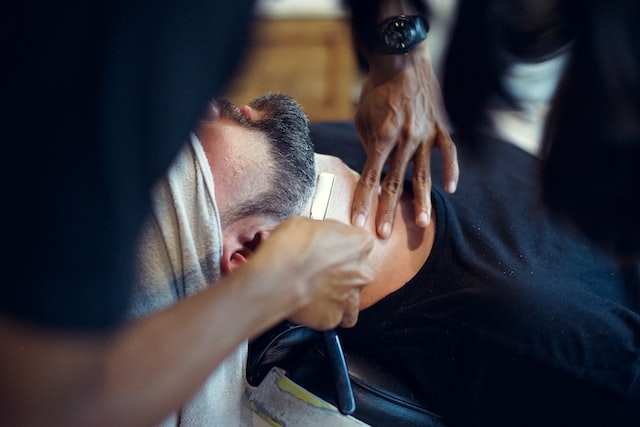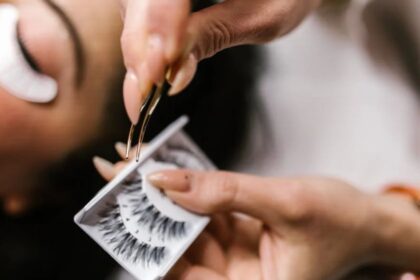When it comes to shaving, a lot of people think that it’s just a morning ritual for men to clean up their chin area after a sleeping night. In fact, shaving is not limited to the chin area, and shaving can be a useful skincare method for both men and women.
However, improper shaving can be a cause of shaving rash and thus a surprising number of people have left the traditional shaving methods and switched to electrical shaving because it’s friendly for sensitive skin. The problem here is, electrical shaving is more expensive than traditional one.
As the traditional shaving method is still popular, it’s vital to grasp an overview of shaving and shaving rash. In this article, we’ll be providing you with the best tips to prevent and minimize the damage of shaving rash to your skin.
Without further ado, let’s get into the details!
What Is Shaving and How Does It Benefits Us?
Shaving refers to the removal of the hair on your skin using a razor or any other tool having the same functions.
While men use the razor to shave the beard on the chin every morning for a formal appearance before going out, women choose to shave their whole face on a regular basis (which is normally once a week) with a razor specialized for face shaving.
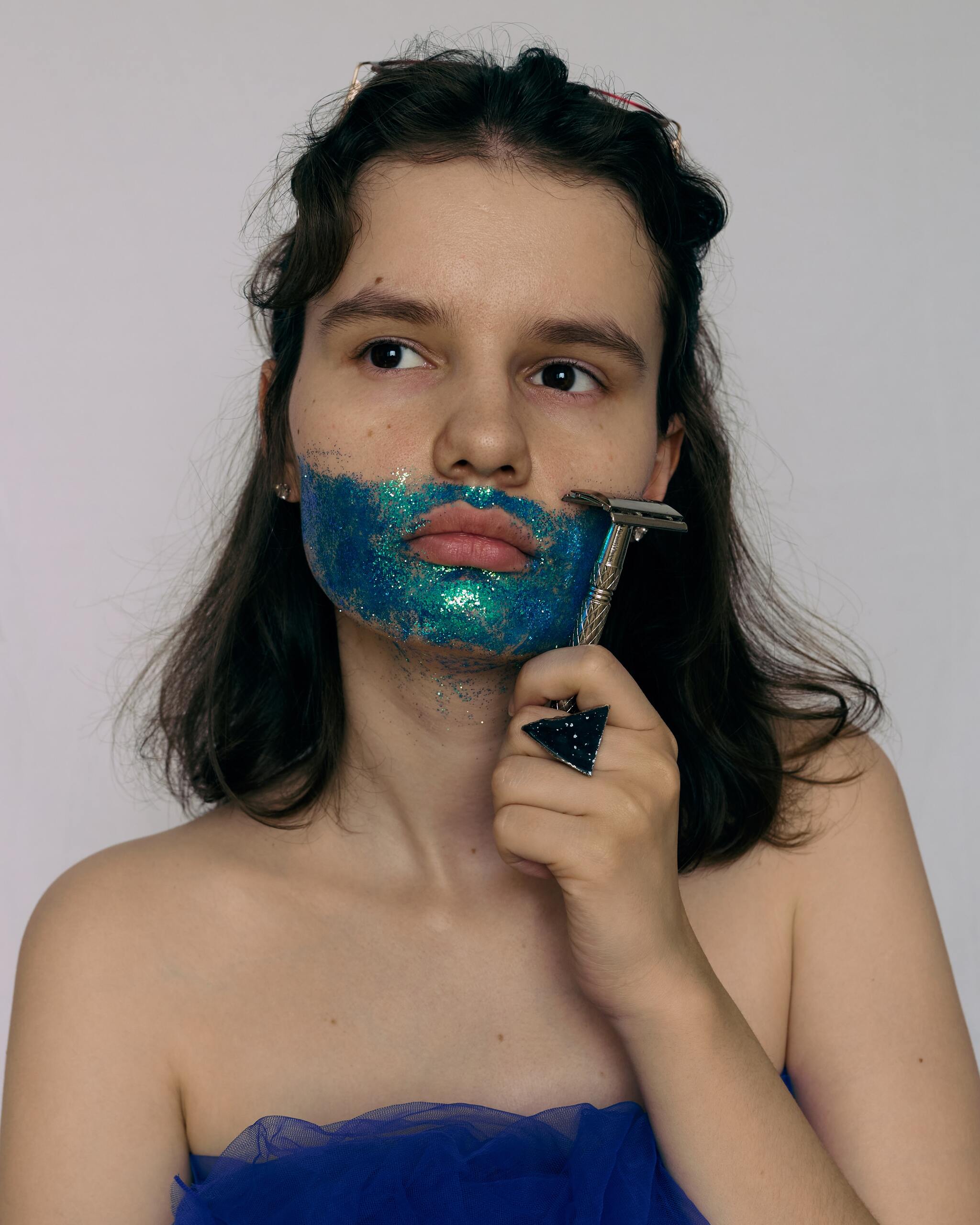
The benefit of shaving to our skin
As a matter of fact, shaving brings a lot of merits to the table. It’s known as a physical way to remove dead cells and clean the pores on our face. Hence, it helps smoothen our skin and supports skincare nutritions like hyaluronic acid, vitamin C, niacinamide, etc. to osmose easily. Also, your makeup layers would look better after shaving.
How Our Body Reacts to Shaving Rash?
Generally, shaving rash is the reaction of your body to allergies. You may see the reddish spots on your face, back, or neck for a few hours or even days.
Besides reddish spots, the symptoms of shaving rash, which can be considered irritant contact dermatitis are stinging, itching, burning sensations, etc.
In this article, we’ll focus on razor burns and razor bumps, which are two common symptoms of shaving rash.
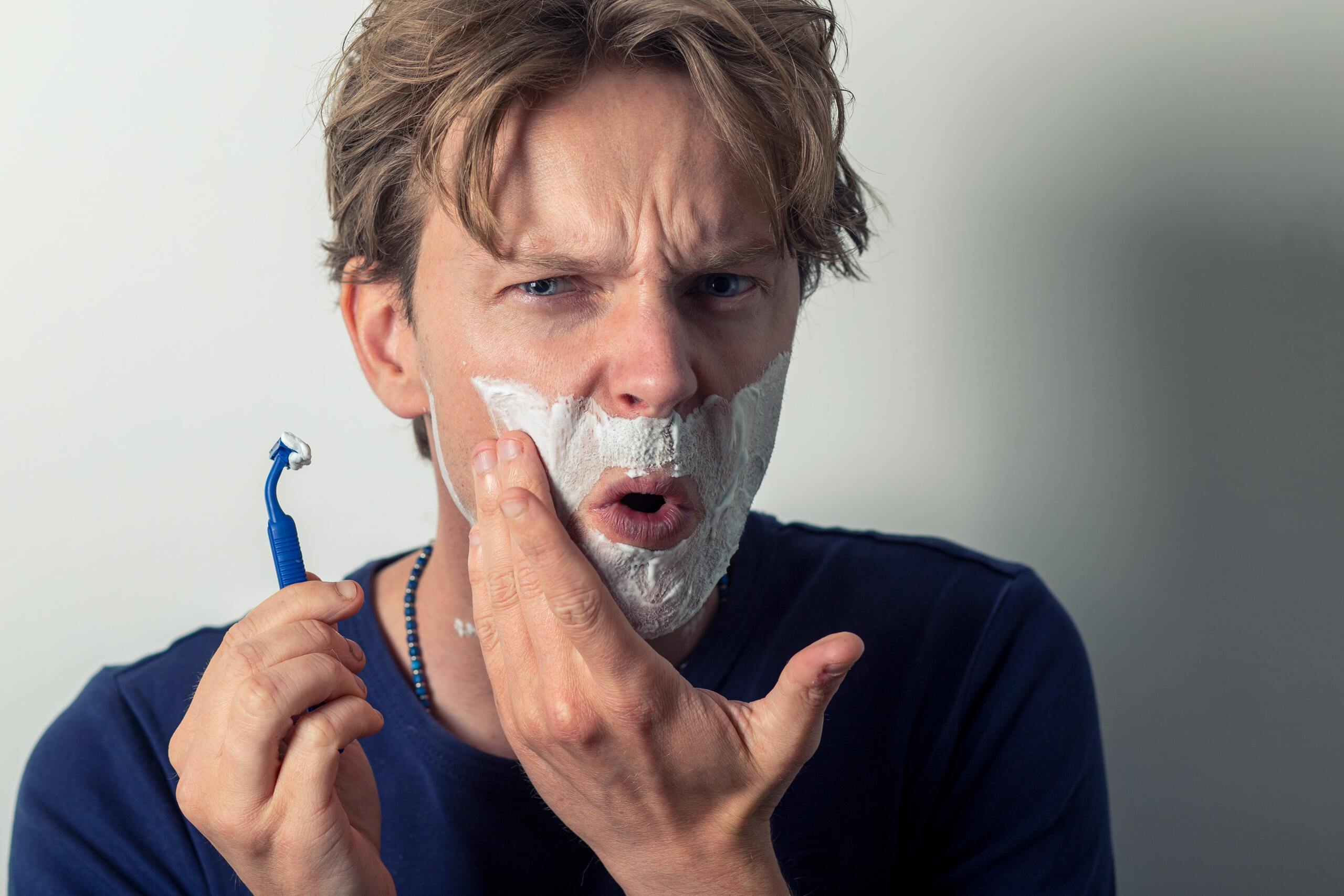
What is shaving rash
Razor burns
Razor burn can be caused when you shave on dry skin or use a dirty razor. Besides, using too much pressure when shaving or shaving against hair growth can irritate hair follicles and that cause redness and swelling.
Razor bumps
A razor bump is a curling back of a hair follicle that grows in the skin. When you eliminate razor bumps from your legs and underarms, you’ll have an easier time removing unwanted hair.
To determine whether you’re suffering from razor bumps or not, simply check your skin after using new shaving cream or razor. If it gets irritated, the answer is yes. Besides irritation, these pumps can possibly cause pimples.
However, the good news is, razor bumps heal with time. All you need to do is stop shaving if possible or avoid the affected area if you can’t do this.
Causes of Shaving Rashes
Many things can cause shaving rash. Figuring out why it’s happening is a rational way to prevent it. Once you know the problem, you can easily find a proper solution. A razor burn, ingrown hairs, or bacterial infection are signs of improper shaving.
Dry skin
This is the most common cause of shaving rash. When you shave, your skin can become drier, especially if you use a razor with multiple blades (which lifts hairs from the surface of your skin) or use very hot water (which makes your skin dryer). Ingrown hair and bumps can then leak little red blood vessels into the surrounding skin.
Dry shaving
Before shaving, the skin needs to be properly moisturized to reduce irritation. You can cause dryness-induced itching and redness by dragging a razor across dry skin.
How to Prevent Shaving Rash
Proper shaving practices are the most effective ways you can do to avoid razor burns, razor bumps, and other shaving irritations. For a better shave, try following these five steps:
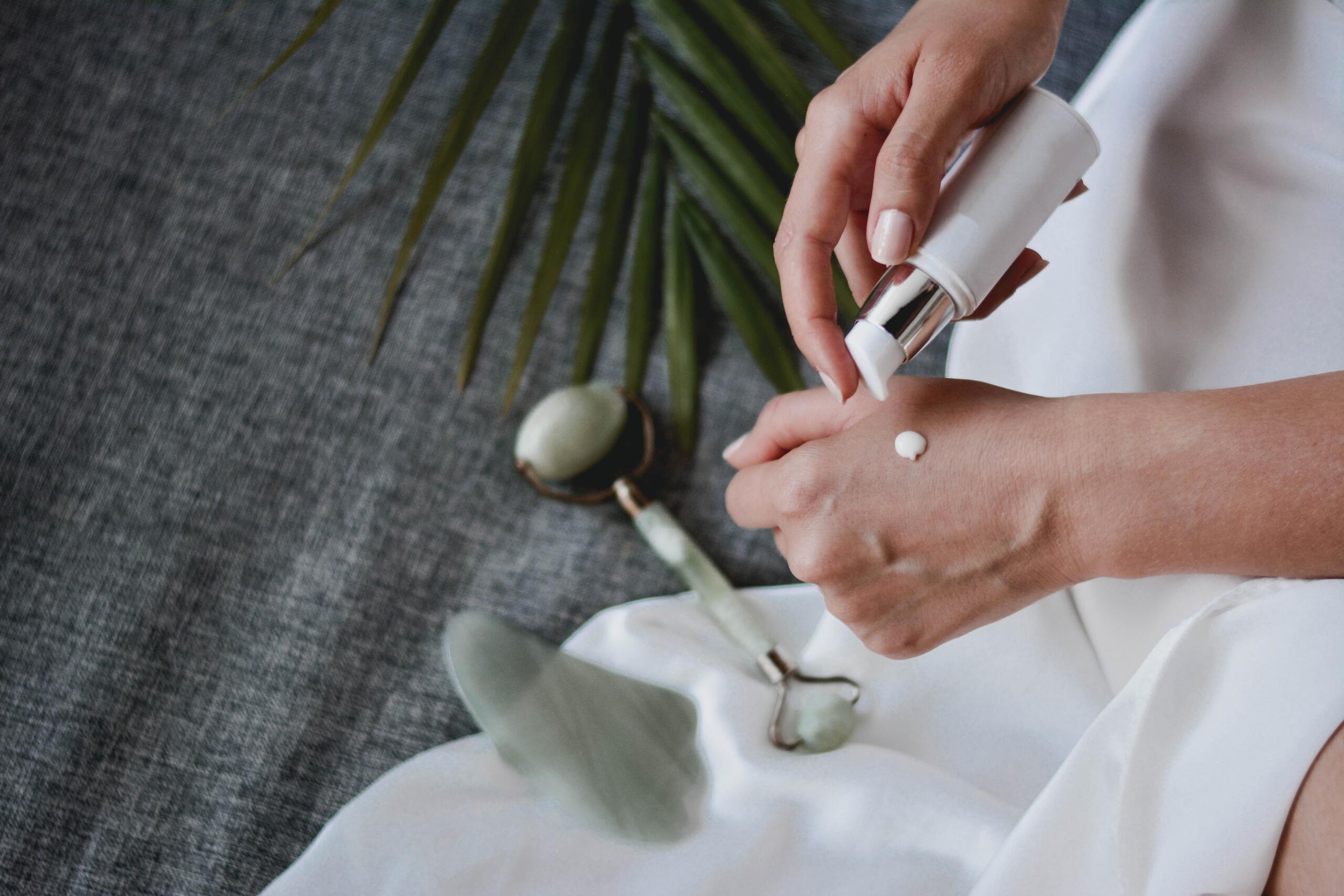
How to prevent shaving rash
- Gently cleaning the skin before shaving helps to eliminate dirt, oil, and flaky skin.
- Hydrate your skin before shaving, either by taking a hot bath (any excuse to spend a little more time alone!) or by applying shaving gel or lotion. Always avoid shaving directly on dry skin as this can increase the possibility of irritation.
- Sharpen your razor blade before shaving helps prevent cuts, bumps, and burns.
- Make sure you shave the direction in which the hair grows to avoid irritation.
- Apply a moisturizer containing no alcohol to your skin after shaving to protect it.
What Should You Do When You Have A Shaving Rash
Razor burns and razor bumps are obviously uncomfortable and they make us less confident when going outside. As we mentioned previously, these symptoms are the consequences of chemicals in your shaving cream, the way you shave, uncareful preparation before and after shaving, and even the type of razor you use to shave.
To recover your skin from irritation, what are some simple shaving rash remedies you can use? Don’t worry! There are ways to prevent razor burns/razor bumps or eliminate them. In the next paragraphs, we’ll introduce some ingredients you can rely on.
Aloe vera
Aloe vera heals burns and soothes discomfort. Simply apply aloe vera on the affected area to get rid of the burns and you can see its effects within several days!
Baking soda
Baking soda is a skin-cooling agent. To make baking soda paste, mix baking soda with filtered water until a thick paste is formed.
Gently apply the tonic to your skin, wait for it to dry, and then rinse thoroughly. It reduces pain and heat.
Witch hazel
Historically, witch hazel originated with Native Americans. Being a widely-used natural astringent and healer, it helps protect and moisturize the skin. Therefore, witch hazel is suitable for skin irritations, burns, and even bug bites.
A person’s face is one of the most delicate parts of their body. Avoid razor burn, redness and cuts by shaving with the grain while using light pressure are key to protecting your skin. Don’t forget to use a good-quality razor, and choosing a suitable shaving cream/lotion and other skincare products specialized for shaving can be taken into account as well. In addition, if possible, try shaving in the shower or bath so your skin will remain lubricated as you are shaving.
If you haven’t had any experience with shaving your face on your own, we highly recommend that you should go to beauty salons and spas where professionals can help. You can visit JustServ and browse through hundreds of local beauty service providers with quality facilities and professional skills. Specularly, JustServ helps to save time by introducing the online booking feature within a few minutes.
Keep following JustServ if you’re looking for more useful beauty tips and tricks like this. You can take a look at the following articles:
- Top 4 Aftercare Treatments for Your Manicure
- Safe Tricks to Remove Eyelash Extensions at Home
- Eyebrow Threading: Long-lasting Beauty Tip from The Ancients
- Causes of Damaged Hair and How to Restore It?

